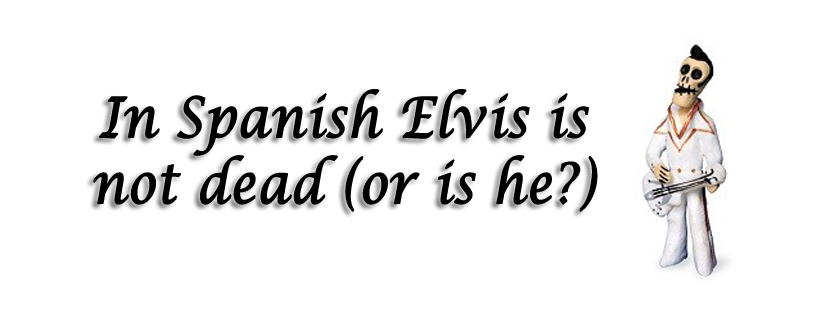
You’ve heard of Elvis, but what about El Vez?
He’s the Mexican Elvis.
With titles like Graciasland, En El Barrio (In The Ghetto), and Esta Bien Mamacita (That’s alright Mama) you’d think El Vez would be a short-lived parody.
Amazingly, he’s widely loved instead of being considered a novelty. In fact he has produced seven albums so far.
Unlike “El Rey” (The King), El Vez is alive.
Yes, despite the rumors of Elvis sightings in the National Enquirer and news of the world I am sure…
Espera un momento, (wait a moment) maybe he isn’t dead.
But the Spanish textbooks tell us that está (he/she is) is for things that are temporary.
Yet in Spanish you say, Elvis está muerto.
But the Spanish textbooks tell us that estar is for temporary conditions,
If death is temporary maybe Elvis has come back.
Desafortunadamente, (unfortunately) The National Enquirer is wrong and the textbook might lead you astray. Elvis is really dead.
Spanish made a whole lot more sense to me when I quit always taking the textbooks at face value.
Está = estados (states)
Es = esencia (essence)
Let’s see how it works.
Elvis está muerto.
Spanish uses está because Elvis is in the state of being dead. But if we are dealing with zombies, we could say
El zombi es un muerto.
Es = esencia (essence)
It is the zombie’s essence to be dead person.
If the whole permanent vs. temporary analysis gets confusing, give my little esencia vs. estados mnemonic a try.
It gives it more clarity than the typical textbook.
Even better than the textbook and my mnemonic is actually speaking the language. That beats getting stuck in analysis-paralysis or using fill-in-the-gaps exercise every time.
It makes the language come alive. And Spanish is very alive, vivacious and growing.
In Bola de Nieve there’s just the occasional tiny little nudge here and there to show how the language works. It only happens when you need it to say more. It’s always about speaking Spanish in real-life conversations.
That way you can quickly transfer what you learn on the audio to what you say in the streets, cafés and plazas.
In the second module of Bola de Nieve, Lesson 4, you start using the Spanish verb estar. There is a lot of conversation instead of theory.
If you like the idea of speaking Spanish instead of analyzing, this page has a special offer. You can try the first module of Bola de Nieve, plus get 5 extra conversation multipliers for just un dólar. (One dollar)
Click here for details about Bola de Nieve for Spanish
conversation instead of theory



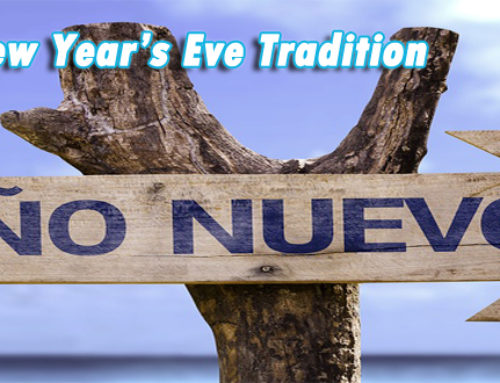
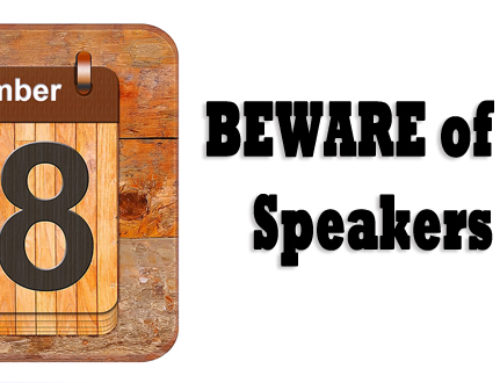
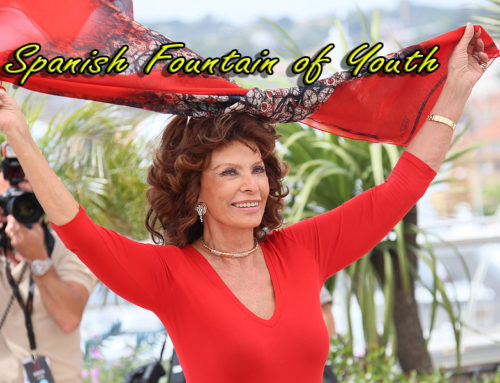
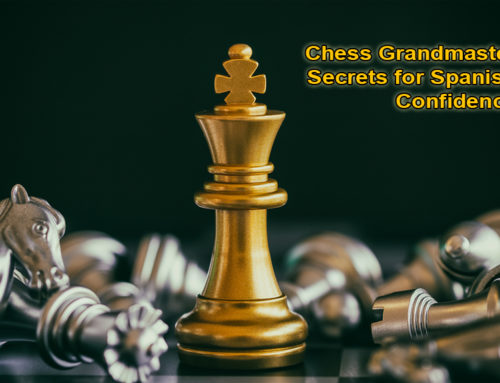


esta bien!!
So how do you explain that the state of being engaged uses “es” and the state of being married is “esta”?
I would use está for being engaged also.
Era estupendo, gracias.
Very interesting.
Mnemonic makes sense. Knowing which applies to what can still be tricky at times I’m sure.
Had fun getting my to tongue around ‘desafortunadamente’ – phew, that’s a doozy!
🙂
Very nice i always liked Elvis
I think it’s great! He looks pretty much like himself, but the hair is Elvis’, and the music is good. And I can follow along with some of it. I don’t remember the original words all that well. I’ll stop by Hastings and see if they have one of the discs.
Mg
donr
This recording by ‘El Vez’ is just great! It has a great musical background, and the singer (could it REALLY be Elvis?) is very talented………would love to have more of this music, so will check it out online!
To the point, I really enjoy your email suggestions about learning Spanish………..while I am in another program now, I expect to sign up for this course in the future, as it seems especially useful for developing practical use of the language, without over-emphasizing the strict rules of grammar.
Thank you for keeping me on your email list!
Don Douglas
North Carolina
USA
CAN’T SEE IT GETTING ANY BETTER.
that was amazing
Esta bien, pero el Rey es el Rey. No hay nadie como Elvis.
When touching a word offers a link, “magnifying glass”
Having that translate the word could be a winner?
Quando toccar un palabra offertas un link, ??????????????????????.
Tengo esta translador la palabra puerdo ——— no Lo se
Padrisimo!
Yes we like very much, far better than the rubbish that is broadcast these days.
Está bien
Ahora España está jugando contra a Manchester United en Inglaterra,por la copa Vamo…. Vamo España
Being probably the Kings greatest fan, I dont like impersonators but must admit El Vez is good.
Spaniards believe in life after death, so use Estar for death, but you must know that already.
I am really impressed with what you send me. I now live in Spain in retirement but cannot afford to buy yo0ur courses, but all you say about grammar is true
Thank You
Mary
Si es esta bien musica gracias por so musica
Es Bueno aprendo Spaniol para musica con normal aprenda .
Gracias por todo